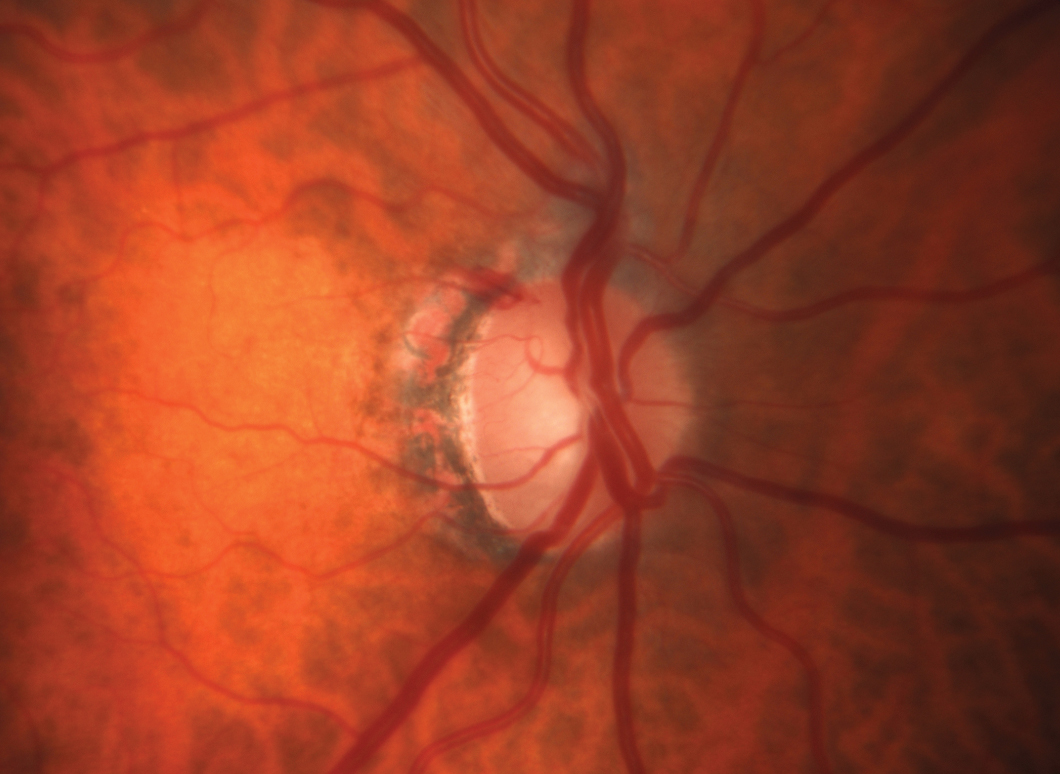 |
Knowing the price of the medication you prescribe to patients, as well as offering them options that cost less, may help improve adherence. Photo: Michael Chaglasian, OD, and Sarah B. Klein, OD. Click image to enlarge. |
Many patients encounter financial barriers to accessing needed medication to manage a health condition, which subsequently impacts their ability to adhere to a prescribed dosage regime and may threaten clinical outcomes. Glaucoma is one ocular condition typically requiring frequent treatment with eye drops up to several times a day, and patients who aren’t able to meet the financial demand face an increased likelihood of disease progression and glaucomatous damage.
While medication adherence is an issue among all types of patients, a recent study uncovered a concerning trend that shows cost-related barriers to adherence vary based on race and ethnicity: African American and Hispanic individuals were found more likely than non-Hispanic whites to be unable to afford medication.
The cross-sectional study included data from the National Institutes of Health All of Us research program, a nationwide longitudinal cohort of 300,000 US adults. Data was gathered for the individuals who had a diagnosis of glaucoma and completed the Health Care Access and Utilization survey, totaling 3,826 people. Of these, 12.6% were African American, 3.1% were non-Hispanic Asian, 9.2% were Hispanic and 75.1% were non-Hispanic white, with a median age of 69.
The following self-reported cost-related barriers to medication adherence were examined in the study: “could not afford prescription medication, skipped medication doses to save money, took less medication to save money, delayed filling a prescription to save money, asked for lower-cost medication to save money, bought prescriptions from another country to save money and used alternative therapies to save money.” Multivariable models were adjusted by age, gender, health insurance status, education and income.
The results showed that both African American and Hispanic individuals were more likely than non-Hispanic white individuals to report being unable to afford their medication (odds ratios: 1.82 and 1.77, respectively). Although non-Hispanic white individuals were found least likely to have difficulty affording medication, they were found equally as likely as African American and Hispanic patients to ask for lower-cost medication. The researchers noted that this finding indicates a need for clinicians to be more proactive and initiate discussions with patients on overcoming any financial barriers to care.
“It is well-documented that physicians commonly lack accurate knowledge about the cost of medications they prescribe,” the researchers wrote in their paper. “This, [among other factors], has contributed to ophthalmologists prescribing a higher brand-name medication prescription volume than any other prescriber group."
While many patients are hesitant to discuss financial concerns about medication with their physicians, the researchers suggested that “offering lower-cost options to all patients is critical” and may help improve access to adequate treatment, which in turn increases adherence and promotes more positive outcomes.
Delavar A, Saseendrakumar BR, Weinreb RN, Baxter SL. Racial and ethnic disparities in cost-related barriers to medication adherence among patients with glaucoma enrolled in the National Institutes of Health All of Us research program. JAMA Ophthalmol. March 3, 2022. [Epub ahead of print]. |

